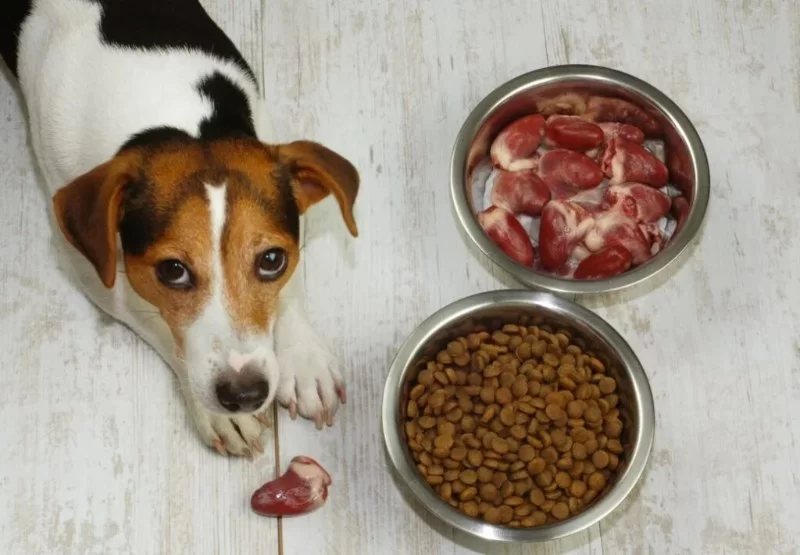- 1 - Nutritional Value of Chicken Hearts for Dogs
- 2 - Health Benefits of Chicken Hearts in a Dog’s Diet
- 3 - Potential Risks and Safety Concerns
- 4 - How to Prepare and Serve Chicken Hearts
- 5 - Portion Control and Feeding Frequency
- 6 - Expert Veterinary Advice on Chicken Hearts
1 - Nutritional Value of Chicken Hearts for Dogs
Chicken hearts are a nutrient-rich food source for dogs, containing high-quality protein, essential amino acids, and vital minerals. They are especially rich in taurine, which supports heart function and vision health, and vitamin B12, which aids in energy metabolism. A small serving of chicken hearts can provide significant nutritional benefits without the filler ingredients often found in processed treats. For active breeds, such as Border Collies or German Shepherds, these nutrients can help maintain muscle mass and overall vitality.
2 - Health Benefits of Chicken Hearts in a Dog’s Diet
In moderation, chicken hearts can be a valuable addition to a dog’s diet. Their taurine content supports cardiovascular health, while iron and zinc strengthen the immune system. Some pet owners report shinier coats and improved stamina after incorporating organ meats like chicken hearts into their dogs’ meals. For instance, a Golden Retriever in a recent case study showed better endurance and reduced fatigue after receiving a balanced diet that included organ meats. This natural, minimally processed protein source can be especially helpful for dogs on raw or home-cooked diets.
3 - Potential Risks and Safety Concerns
While chicken hearts are safe for most dogs, there are a few considerations to keep in mind. Overfeeding organ meats can lead to nutrient imbalances, particularly excess vitamin A or cholesterol. Some dogs with sensitive stomachs may experience mild digestive upset when first introduced to chicken hearts. Additionally, raw chicken hearts may carry bacteria such as Salmonella if not handled properly. Always ensure high hygiene standards when preparing raw meat, and consult your veterinarian before introducing any new protein source, especially if your dog has pre-existing health conditions.
4 - How to Prepare and Serve Chicken Hearts
Chicken hearts can be served raw, lightly cooked, or dehydrated as treats. Cooking them by boiling or steaming reduces the risk of bacterial contamination while preserving most nutrients. Avoid adding seasonings, oils, or spices, as these can be harmful to dogs. Some owners prefer dehydrating chicken hearts to create long-lasting, travel-friendly snacks. Whether served as part of a complete meal or a reward during training, preparation should focus on maintaining freshness and nutritional integrity.
5 - Portion Control and Feeding Frequency
Moderation is crucial when feeding chicken hearts to dogs. As a general guideline, organ meats should make up no more than 10% of your dog’s total diet. For a medium-sized dog, this may mean one or two chicken hearts a few times a week. Overfeeding can lead to digestive upset or weight gain, particularly in less active dogs. Keep in mind that chicken hearts should complement a balanced diet rather than replace other essential food components. For tailored guidance, scheduling a nutrition consultation with Hidden Brook Veterinary is a smart choice.
6 - Expert Veterinary Advice on Chicken Hearts
Veterinary professionals generally agree that chicken hearts can be a safe and healthy treat when fed in moderation. They recommend sourcing them from reputable suppliers and introducing them gradually to monitor for any adverse reactions. If your dog has allergies, heart issues, or specific dietary restrictions, a veterinarian can determine the appropriate serving size and frequency. At Hidden Brook Veterinary, we often incorporate chicken hearts into customized feeding plans for pets who need high-quality protein with specific nutrient support.












